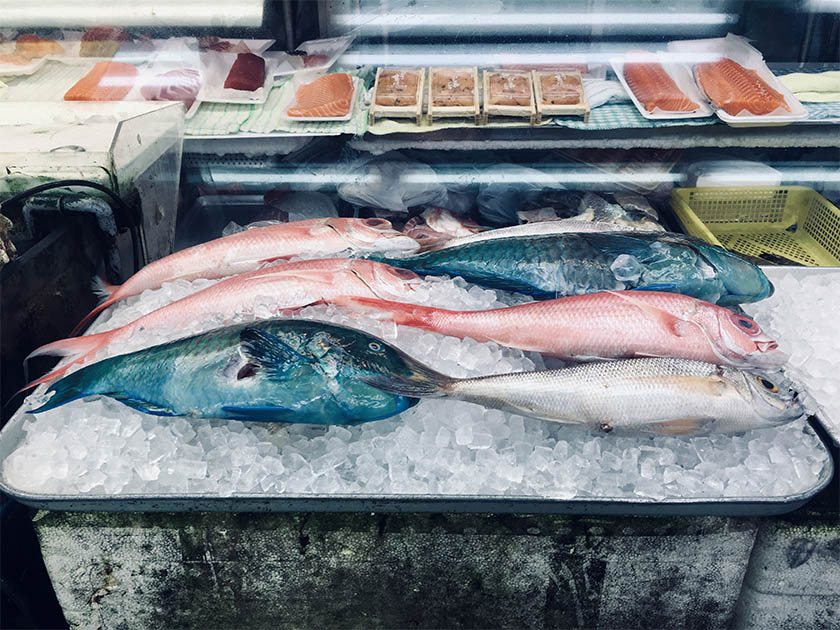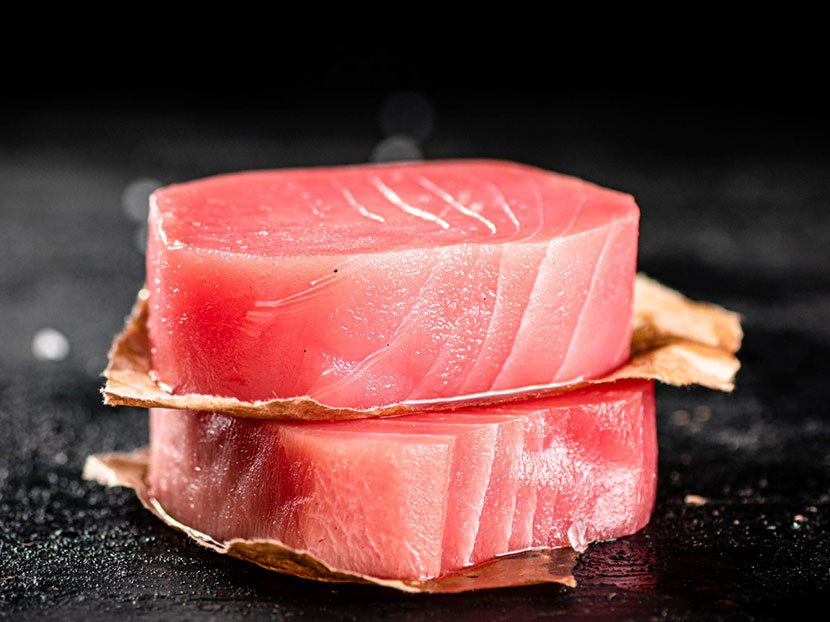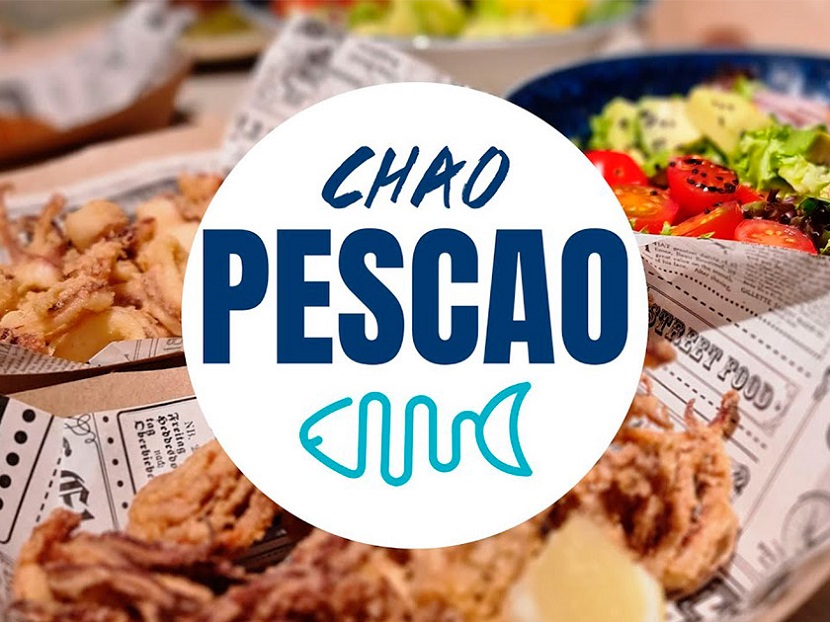White fish and oily fish are two healthy, delicious, seafood products that are full of beneficial properties for your health and are essential in the Mediterranean diet. But, do you know the difference between oily fish and white fish?
We’ll tell you everything you need to know so that you can become a true expert and learn how to identify each type of fish and what their characteristics are.
With all that you’ve learned, you’ll be able to choose the best fish restaurant in your city to enjoy a fresh and well-cooked product.
White and Oily Fish: How do they differ?
White and oily fish are categories used to classify fish based on their fat content and flavour. Among the main differences between these two groups are the following:
Appearance and Flavour
White fish tend to be leaner and have less fat compared to oily fish. They also usually have a milder, more delicate flavour. On the other hand, oily fish are oilier and have a more intense flavor.
White fish often have lighter-coloured flesh. Oily fish, on the other hand, have darker flesh.
Fishing Areas
Often, oily fish are obtained through fishing in warmer waters, such as in the Pacific Ocean.
White fish are typically obtained through fishing in colder waters, such as in the Atlantic Ocean.
Nutritional Value
From a nutritional standpoint, there are some differences between white and oily fish. White fish tend to have less fat and more protein than oily fish, whereas oily fish usually have more fat and less protein.
However, both types are rich in essential nutrients, such as high-quality protein, omega-3 fatty acids, and vitamins and minerals.
How do I tell the difference between oily fish and white fish at the fish market?
There are several ways to differentiate between oily fish and white fish at the fish market. Some tips that can help you distinguish between these two types of fish are:
Observe the appearance of the fish
White fish tend to have lighter flesh and smoother, more even skin. Oily fish, on the other hand, usually have darker flesh and rougher skin.
Take note of the fish’s shape
White fish often have a more elongated and slender shape, while oily fish tend to be more robust and compressed.
It is true that the shape of the tail can be a useful feature for distinguishing certain types of white and oily fish. However, it’s important to consider that this is not an infallible rule. Generally, white fish have a straight tail, whereas blue fish have a tail ending in the shape of an arrow.
Check the product label
Many fish come labelled with their common and scientific names. This can help you identify the type of fish you’re purchasing.
Ask your trusted fishmonger
If you’re still unsure whether you’re buying white or oily fish, don’t hesitate to ask the seller. They will provide you with information about the type of fish you’re purchasing.
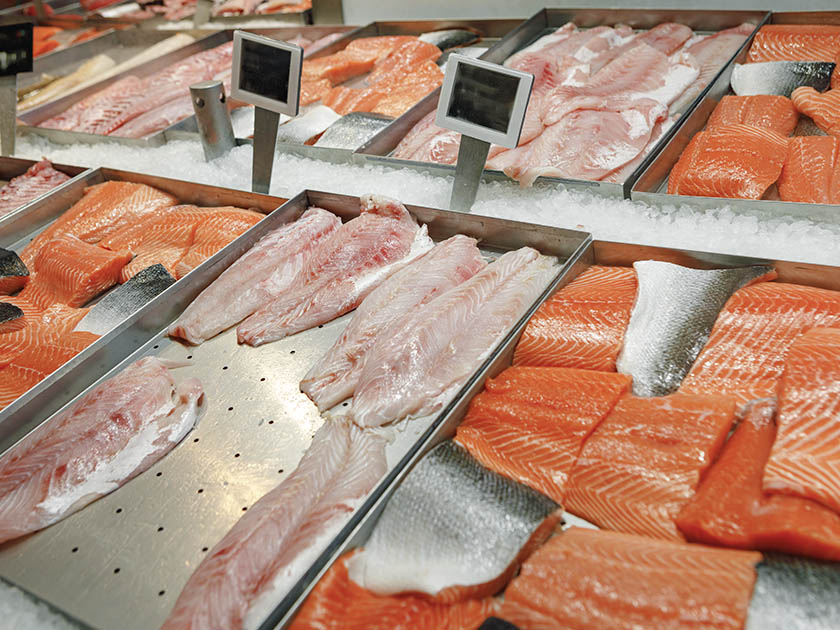
The most recommended white and oily fish
Both oily and white fish are very interesting culinary choices, both for their gastronomic value and their nutritional properties.
White Fish
Sole
It is a white fish with a light, tender flesh and a delicate flavour. It is rich in proteins and low in fat.
Hake
Its flesh is light and lean with a mild flavour. It is rich in proteins and omega-3 fatty acids.
Cod
Its flesh is light and it is usually sold either salted or fresh. Its flavour is slightly salty when consumed after desalting. It is rich in proteins and omega-3 fatty acids, and it is low in fat. If you want to learn how to desalt cod, we have a dedicated post on our blog that teaches you an easy method to do it.
Grouper
Its flesh is white, tender and light. It should be consumed in moderation due to its mercury content.
Sea Bream
It is a highly valued fish known for its delicate flavor and lean flesh. It is primarily oven-baked, often in “butterfly style”.
Sea Bass
It is a mild fish, low in fat and a good source of protein and healthy fatty acids.
Oily Fish
Tuna
One of the most consumed and highly valued fish worldwide. Its flesh is dark and firm. It has an intense flavour and is rich in healthy fats. Bluefin tuna is one of the most highly valued gourmet fish.
Salmon
It is an oily fish with pink flesh and a mild flavor. It is rich in proteins and omega-3 fatty acids and is moderately high in fat. It is consumed both raw and cooked, as well as smoked.
Anchovy (Boqueron in Spanish)
One of the most popular and consumed oily fish in Spain. When salted they are known as “anchoas” (cured anchovies).
Mackerel
It is a fish with dark flesh, intense flavor, and widely used for making canned products and in pickled products.
White and oily fish have some differences. What’s certain is that at Chao Pescao, we always prepare it fresh and cook it perfectly, so you only have to worry about choosing the fish you crave the most.

